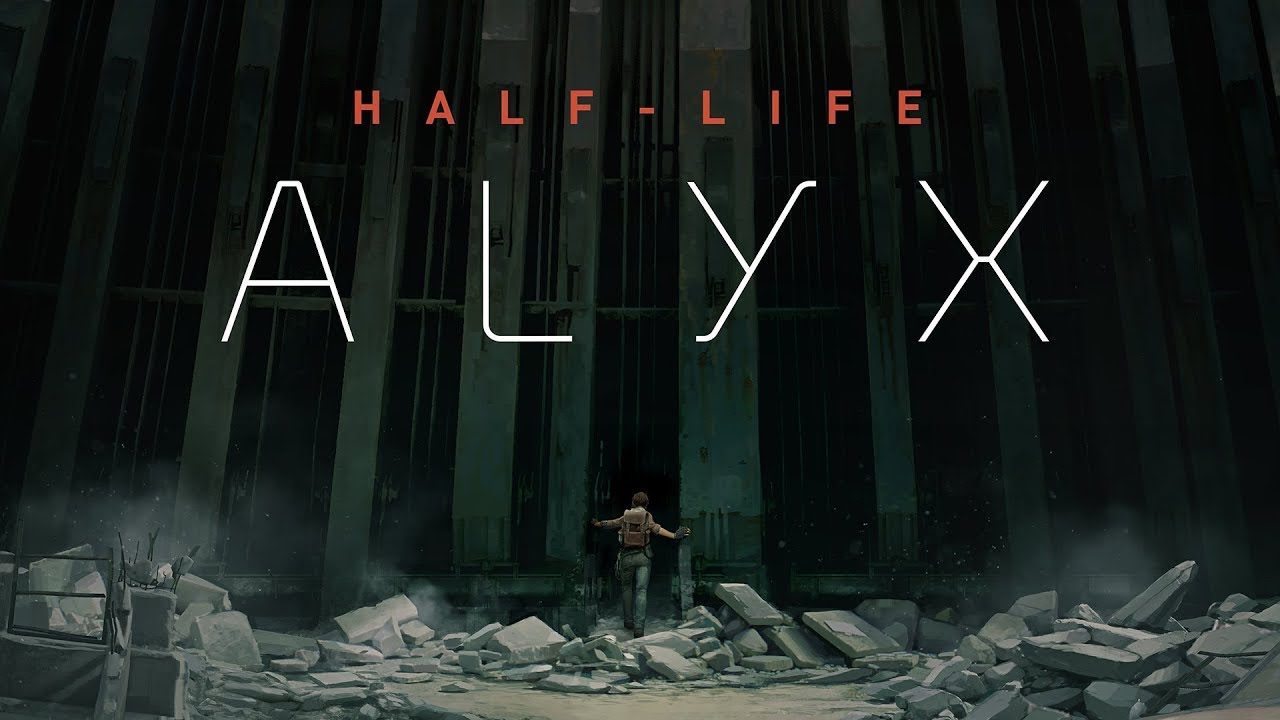Half-Life: Alyx is shaping up to be the VR game of the year. There will be a handful of other titles that will get consideration for this prestigious title, but it seems as thought the completeness of HLA will overpower any competing game.
Half-Life: Alyx is taking place between Half-Life 1 and Half-Life 2, which have already been released. Many were sure if the series had reached an end point, or if the development team at Valve wanted to continue with the story. In an exclusive interview with Game Informer, Valve’s very own Robin Walker Raif that this wasn’t going to be the end of story, but rather a trip back to it.
Does this mean we will see more exclusive VR Half-Life games? Only time will tell, but all signs point this way.
“Half-Life means a lot to us, and it’s been incredibly rewarding to refamiliarize ourselves with its characters, setting, and mechanics,” Walker said. “There are Half-Life: Alyx team members who have been at Valve since Half-Life 2, and quite a few who go back to the original Half-Life. There are also people on the team for whom Half-Life: Alyx is their first time working on this series at all – and many of them certainly hope it’s not the last. We absolutely see Half-Life: Alyx as our return to this world, not the end of it.”
Valve operates in a different way than most companies. If their developers find something they want to work on, they simply start that project. They aren’t appointed to anything specific, allowing for full creativity and optimized work flows. It seems to be working.
Adoption
When it comes to Half-Life 3 and the platform wed likely see the game on, its not too far fetched to assume it would be a VR exclusive. There is a lot that would play into this, and a lot of it is going to be inside game sales and players consistently in the game.
When asked how the Valve team would handle the new medium of gaming and what they would do to make sure it still felt like Half-Life, Walker was clear with their approach.
“Our prototype work on this project began by simply taking assets and systems from Half-Life 2 into VR. That was a very quick route to getting some deep mechanical exploration up and running in the engine. But as it turned out, Half-Life’s set of mechanics was a surprisingly natural fit for VR, even before any of the necessary work was done to deeply integrate them into the medium. It was very clear from those first experiments that VR was going to be very fertile ground for Half-Life. “
“So in the simplest sense, the game feels like Half-Life because it is Half-Life,” Walker continued. “VR has opened up a lot of new avenues to expand Half-Life’s existing framework as well as introduce plenty of brand-new ideas, but those underlying bones are unmistakable.”
If they see mass adoption with HLA and more players enter the VR world, it wouldn’t be a stretch to make this a VR series. If they maintain the same numbers, and don’t see an increase in players, it would be hard to justify keeping this series only on VR.
Coronavirus Impact
With all of that being said, it will be hard to make any concrete decisions in the coming months. The Valve Index is going to be the best headset to play this game on, but there is a massive shortage of headsets on the market right now. With the COVID-19 outbreak being so bad, many companies are having production issues. It isn’t an absolute that the Valve Index unavailability will impact the game sales, but it seems like the headset use won’t be where Steam and Valve want to see it.
Until the virus is contained and the headsets are widely available, we won’t know what kind of adoption this game had. This could take the better part of the year, likely slowing the development of any new games coming from Valve. For more VR news and gaming updates, make sure to check back at VRGear.com.






























